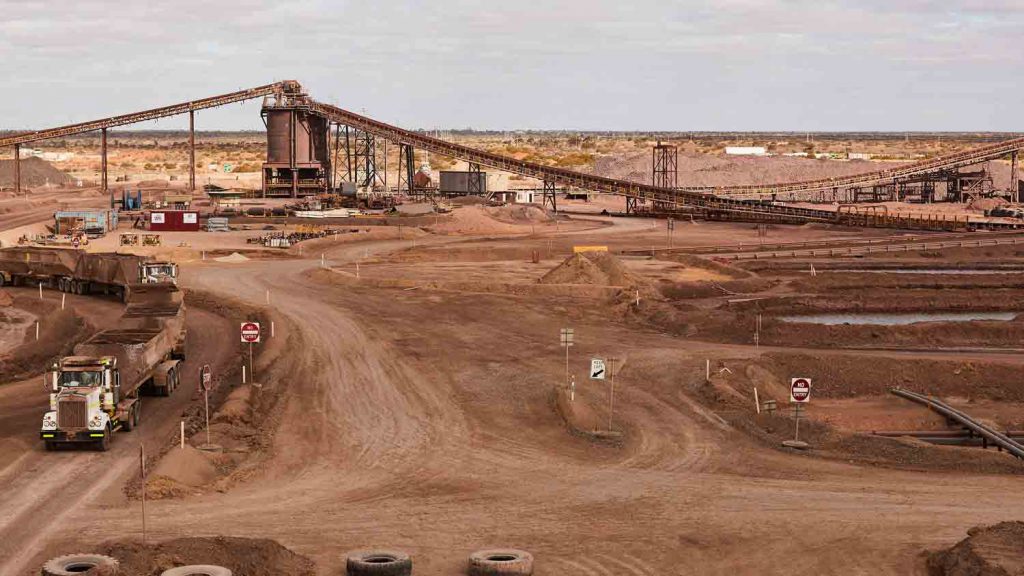
South Australia is putting A$250,000 ($166,000) up for grabs in a crowdsourcing competition to uncover more mineral reserves, as the industry taps expertise from a wide array of disciplines to find new large mineral lodes.
The five-month challenge will make available the state’s historic data sets for a region home to BHP Group’s huge Olympic Dam copper mine, the government of the Australian state said in a statement.
The competition will kick off on March 2 and run until July 31, it added.
“The competition offers the chance to combine geological expertise with new mathematical, machine learning and artificial intelligence to accelerate mineral discovery in the mineral-rich Gawler Craton,” said Justin Strharsky of program facilitators Unearthed.
Australia’s minerals mapping sets are among the world’s most advanced. Combined with computing developments they have brought a renaissance in exploration in what was considered a mature region with major deposits already all found.
Now miners are increasingly turning to big data to determine what lies “under cover” – the 80 percent of the country that lies obscured by metres of sediment and sand.
Rio Tinto, BHP and Newcrest have all announced significant discoveries in Australia in the past two years.
The crowdsourcing contest is similar to one last year by copper miner Oz Minerals, also in South Australia.
The experiment at Oz Minerals’ Mount Woods exploration project drew submissions from more than 60 countries, with the top three winning teams based in Australia and Singapore.
Oz Minerals, which has not announced the results of a first phase of drilling in the December quarter, is to begin a second phase in the second quarter, it said last year.
($1=1.5090 Australian dollars)
(By Melanie Burton; Editing by Clarence Fernandez)
Comments